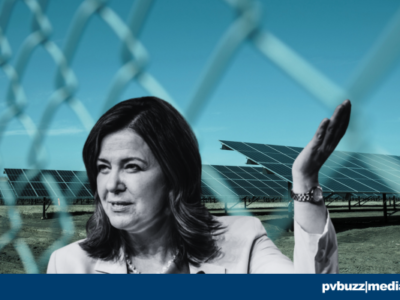Alberta — TransAlta Corporation announced that it has completed the first of three planned coal-to-gas (“CTG”) boiler conversions at its Sundance and Keephills power generation facilities near Wabamun, Alberta.
“The full conversion of Sundance Unit 6 from thermal coal to natural gas is a significant landmark for TransAlta on its journey to transition off coal towards 100 percent clean electricity,” says Dawn Farrell, President and CEO of TransAlta. “Converting to natural gas from coal reduces our CO2 emissions by half from approximately 1.05 tonnes CO2e per MWh to approximately 0.52 tonnes CO2e per MWh in 2021, and highlights TransAlta’s commitment to meet our own, and our customers’, E2SG needs.”
With $35 million invested in the Sundance Unit 6 (“Sun-6”) boiler conversion and another $50 million for upgrades to the unit’s Distributed Control System and scheduled major maintenance, the $85 million total investment in the project is also a significant boost to the economy, locally and across Canada. At its peak, nearly 700 additional jobs were created to complete the Sun-6 conversion, system upgrades and maintenance projects.
In 2021, TransAlta will complete its second and third CTG conversions with Keephills Unit 2 by mid-June, followed by Keephills Unit 3 by mid-December.
In addition, TransAlta will have significantly advanced the repowering of its Sundance 5 unit into a highly efficient combined-cycle facility. By January 1, 2022, TransAlta’s Alberta thermal fleet will be fueled completely by natural gas and entirely off coal. Once converted to gas, the units are anticipated to be able to run through to 2031 to 2039 – a significant lengthening of their asset lives.
TransAlta is on track to reduce its emissions by more than 70 percent from 2005 levels by the end of 2022. This achievement, coupled with TransAlta’s diversified generating portfolio, including extensive hydro and wind assets, positions the Company to be a highly competitive provider of low carbon electricity for the market and its customers.














Comments